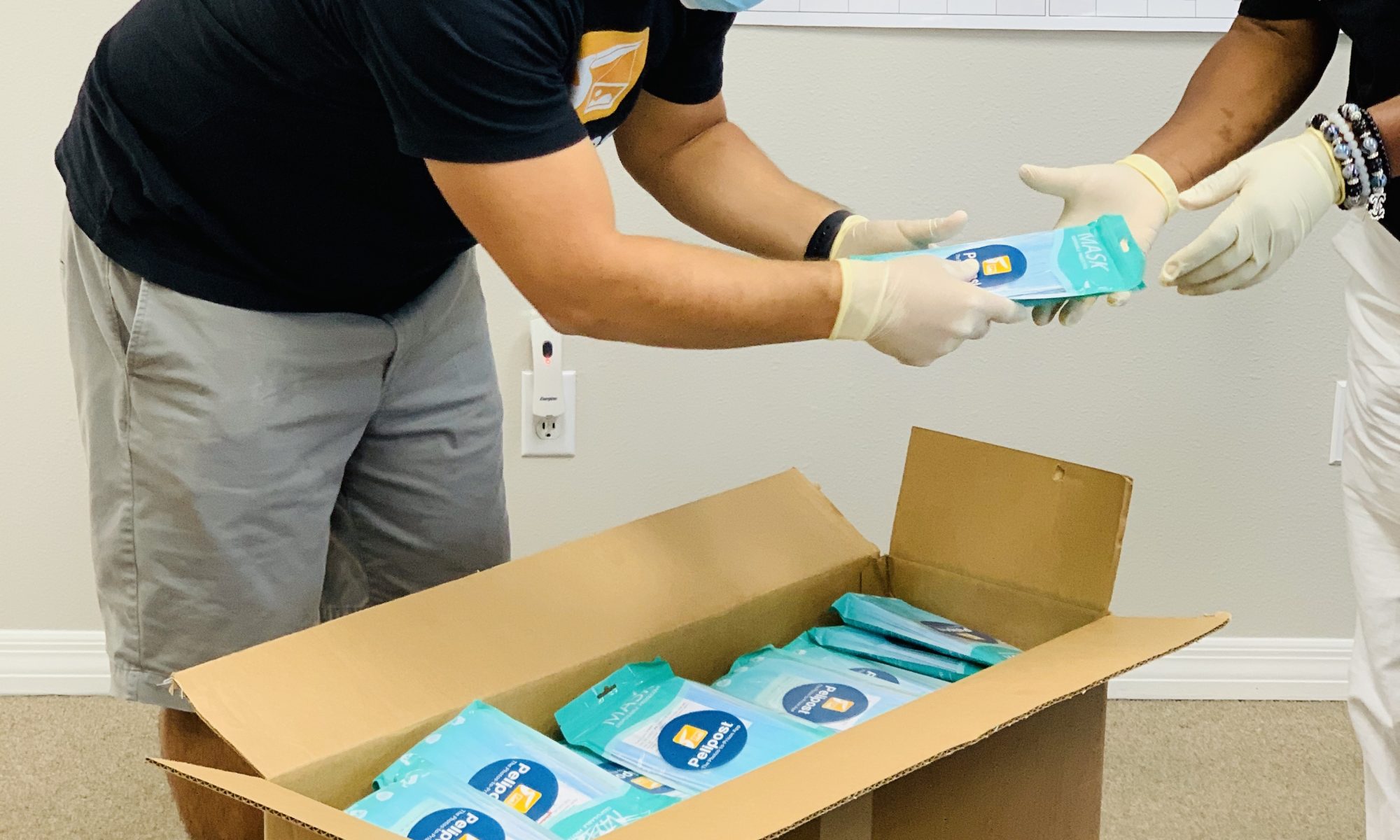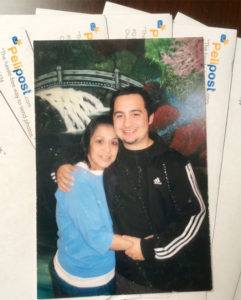The holiday season is a time filled with anticipation, excitement, and joy for most people. However, it can be the loneliest time of year for inmates. At Christmastime, incarcerated people may feel left out as they are separated from their families and their cherished holiday traditions. Here are four ways you can help Christmas in jail feel more cozy for your loved one.

1. Celebrate with an in-person visit.
A visit from family or friends during the holiday season will mean the world to your incarcerated loved one. They may be feeling sad or lonely, and a loving familiar face can brighten their spirits. At federal prisons, in-person visits are allowed on Christmas Day, even if it does not fall on a regular visiting day. On the other hand, at state facilities, not every location will be open on December 25th. Make sure to look online or call the facility your loved one is at before planning a Christmas visit. However, visiting your loved one does not have to fall on the day of the holiday. Any visit during the season will be beneficial to both you and your inmate. Make sure to plan your visit ahead of time and look up the rules and regulations for visits in your loved one’s specific facility. If you are unsure of how to approach the visit, follow these tips for what to talk about when visiting someone in jail.
2. Keep in touch with festive phone calls.
Phone calls can be a great way to keep in contact with your incarcerated loved one during the holiday season. A majority of families live very far away from their inmate’s facility, and with all the rules and regulations, visiting during the holidays may be difficult. If you do not get the opportunity to visit in person, or are only able to do it once or twice, speaking to your loved one on the phone is the next best way to help them feel the Christmas cheer. Sharing your joys and letting your incarcerated friend or family member know they are loved can make a huge impact on their outlook for the season.
3. Send books and magazines in lieu of gifts.
A traditional part of Christmas that prisoners miss out on is gift-giving. Facilities will not accept most types of presents that you would send to a friend or family member during the holidays. However, most facilities will accept books and magazines. Books and magazines are something your inmate will be able to enjoy over time, so they can act as the gift that keeps on giving. Some tips to remember when it comes to sending books include:
- Do not send more than three books at a time.
- All books must be new and soft cover (no hardcover or spiral bound for security reasons).
- Always ship via USPS.
- Books must come straight from the publisher (ie. Amazon).
When sending magazines to your incarcerated loved one, make sure to avoid publications with mature or sexual content, like Playboy. The facility will not accept magazines with adult themes and your inmate will not receive them. It is better to stick to more family-friendly or news-focused magazines, like Time or National Geographic.
4. Send holiday cards and family photos.
One of the simplest yet most impactful ways to make Christmas more cozy for your incarcerated loved one is to send family photos and cards. Having family photos will help your inmate feel included in holiday traditions and remind them that they are not alone. Pelipost can help you send these holiday photos and cards to make it to your loved one in time for Christmas. Before you send, make sure to check out the guidelines for what types of photos are accepted.
Happy Holidays!
Ready to send pictures? You can download the Pelipost app through the Apple App Store or Google Play Store.







